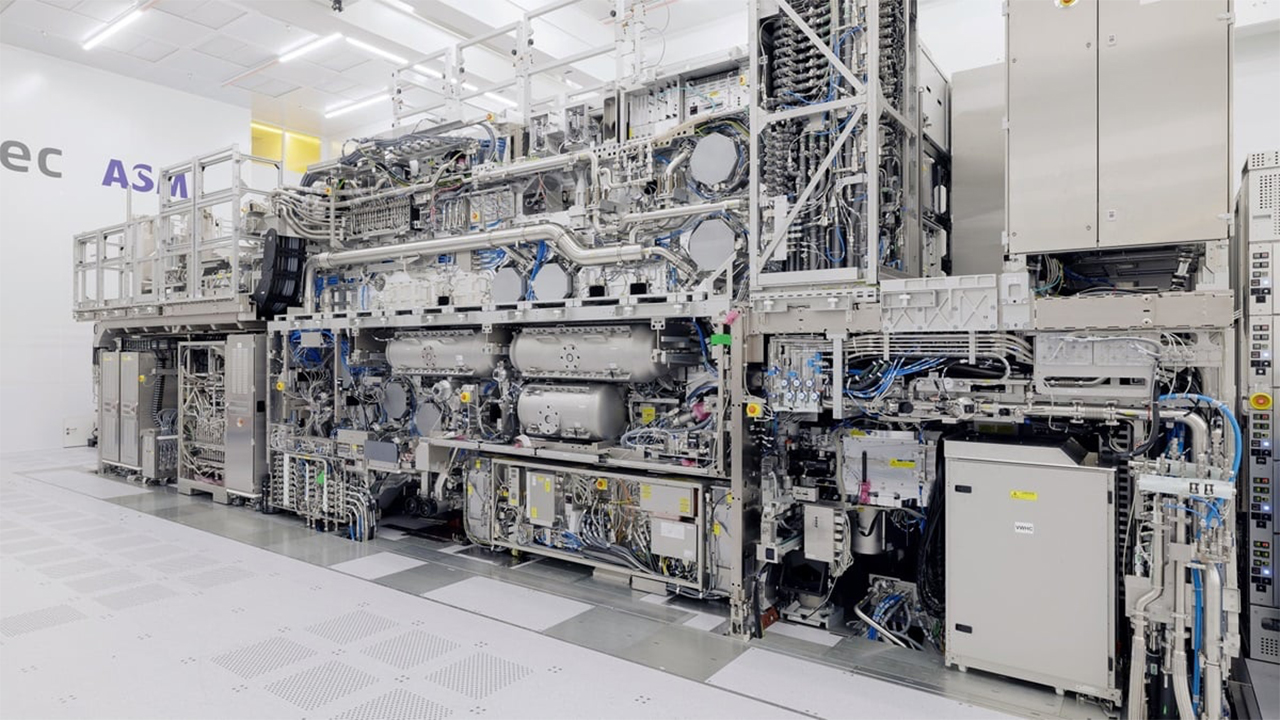
Nikkei Asia's sources say that Taiwan Semiconductor Manufacturing Corporation (TSMC), the largest semiconductor fab in the world, is set to receive the ASML’s most advanced chipmaking machine this year. The high numerical aperture extreme ultraviolet (High NA EUV) machine, which is said to cost more than $350 million apiece, will allow chip makers to print features smaller than before. Nikkei Asia reports that TSMC is considering using its High NA EUV lithography machines to make processors that use angstrom 10 (A10) technology, about two generations ahead of the 2nm node that it plans to put into production by the end of next year. This means that we likely won’t see this machine used for mass production until after 2030.
Although TSMC is the biggest semiconductor manufacturer globally, it’s not the first company to get ASML’s latest, most advanced machine. Intel was the first to adopt the machines, having received the very first High NA EUV machine in the first quarter of 2024 at its Oregon facility. It also received a second machine during the second quarter of this year — a testament to the company's focus on regaining its technological edge over the competition, especially in AI chip manufacturing. Sources also say that Samsung will install its own High NA EUV machine sometime between today and the 1Q25.
This news of installations of ASML’s most advanced machines doesn’t mean that we’re getting sub-nm nodes next year, however. Instead, companies are investing hundreds of millions of dollars to develop the technologies needed to harness its ability to pack in transistors in record-breaking densities. That’s because High NA EUV has a smaller imaging field versus current NA EUV machines, so chip manufacturers need to adjust their designs based on that. Furthermore, High NA EUV machines are significantly larger than current lithography machines, so these fabs must reorganize their production lines or build a new factory from the ground up to accommodate ASML’s most advanced offering.
At the moment, these three companies — Intel, Samsung, and TSMC — are the only ones that are known to be working on more advanced chips that will take advantage of ASML’s High NMA EUV lithography machine. This is especially true as Chinese firms have been blocked from accessing ASML’s products and services by America’s bans and sanctions. Nevertheless, the company says that it already has received 10 to 20 orders for these multimillion-dollar machines.
ASML has a practical monopoly on advanced EUV lithography machines. It’s the only one that has know-how and capability to manufacture these machines required for making the next generation of semiconductors. But even if ASML is based in the Netherlands — a known American ally — the U.S. is still investing EUV research so that it could bring its semiconductor supply chain home. While it will take years, if not decades, for this move to bear fruit, this should at least give chipmakers more options in the future, furthering technological advancements through healthy competition







